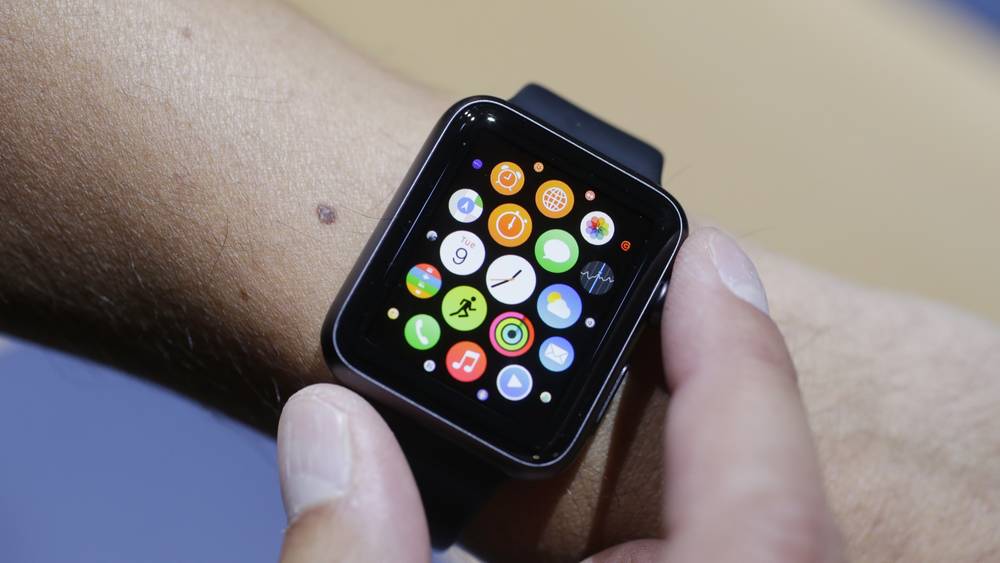Chinese technology companies have already become a major force in the global economy. Gone were the days when their market shares were considered trivial or insignificant. Now, they are becoming popular in different parts of the world not only because of their relatively low prices but also because of the many other reasons including aesthetics, quality, and durability. Many Chinese brands are slowly leaving their not-so-flattering reputation behind. They are becoming more and more competitive especially in the tech world.
1. Chinese companies are major players in the development of 5G technology.
Huawei, one of the biggest Chinese companies at present is actively involved in the development of 5G or the next generation of mobile communication. Since 2013, the company has invented in research for 5G technologies. This year, the company has partnered with Ericsson in testing 5G-related technologies. Similarly, ZTE, another major Chinese company, is also forging partnerships with other companies to pursue 5G mobile network research and has even reported a breakthrough this year for employing multi-user shared access technology. Of course, it is unlikely that the Chinese will be dictating everything that will happen with 5G technology but it is certain that they will play an important part of its development.
2. Chinese companies introduced many firsts in smartphones.
You are mistaken if you think only the major smartphone manufacturers are able to introduce breakthrough features and innovations. The first smartphone to come with 4GB of RAM is the Asus Zenfone 2. The first smartphone to come with a USB Type-C port, regarded as one of the best new things that came to laptops, is the LeTV One Max from Chinese manufacturer LeTV. A Chinese company beat Apple in introducing 3D touch or force touch technology on a smartphone through the Huawei Mate S. Huawei also brought to the world the “fastest smartphone” equipped with an LTE Cat 4 chip that enables downloads as fast as 150 mbps. Another Chinese company, Xiaomi, was supposed to have taken this distinction but they hit a snag as they failed to find a suitable source for the components they needed.
Motorola, under the ownership of Chinese company Lenovo, brought to the market the world’s first shatterproof display. While Apple was long rumored to be using sapphire for its displays in the iPhone 6, nothing of that sort materialized. Lenovo, moreover, launched the first smartphone with the first ever dual front camera as well as the smartphone with the first laser projector.
3. Chinese tech companies snatch awards.
So what’s the best smartphone for 2015? No, it’s neither the beautiful Samsung Galaxy S6 Edge with a curved display nor the iPhone 6S with the–finally–upgraded camera. It’s not even the waterproof Sony Xperia Z5 Premium with a 23MP snapper. According to European Imaging and Sound Association (EISA), it’s the Huawei P8. The Global Mobile Awards, on the other hand, has bestowed a handful of recognitions for the products of a number of Chinese manufacturers. ZTE won the Best Mobile Enable Consumer Electronics Device category for its smart projector. Motorola’s Moto E won the Best Low Cost Smartphone award while the company’s Mobility for the Moto 360 claimed the Best Wearable Mobile Technology honor. Additionally, Huawei’s LampSite Solution bested other international companies in the Best Mobile Infrastructure category.
4. In networking technology, Cisco is not the biggest.
While Cisco is probably one of the most recognizable names when it comes to networking technology, it is not the largest in this field. Its Huawei Technologies Co. Ltd., a Chinese multinational based in Shenzhen, Guangdong. it is the world’s largest manufacturer of telecommunications equipment. Don’t be surprised to find routers, modems, and mobile phones in offices or organizations bearing the Huawei brand. It’s also worth noting that two of the world’s largest telecommunications equipment makers are Chinese. The top four are Ericsson (Swedish), Nokia Networks (Finnish), Huawei (Chinese), and ZTE (Chinese).
5. China’s tech products are not only cheaper because of cheap labor; the government also has a hand in it.
The relatively cheap labor is only part of the reason. It can be said that the cheaper prices of Chinese tech products and other exports from China is a matter of national strategy. Going deep into the details can be a bit complicated and messy. The decision to devalue the yuan, for example, shows how the government intervenes to make sure that Chinese products remain competitive in the global market.
What’s great about all of the advantages in Chinese technologies and products is that they are being made available to consumers in different parts of the world. The Chinese don’t have issues in offering their breakthrough products or tech to the rest of the world even when they are not being offered in their home market yet. Huawei, for instance, says that the results of their efforts at developing 5G technology will not be constrained to the local Chinese market. New Zealand, for example, is said to be one of the first to countries to experience 5G technology. Huawei’s consumer products are expected to take full advantage of the new technologies Huawei has been working on for years. It would not only be unfair to stereotype Chinese brands and products as imitations and run-of-the-mill products; it would also be like depriving yourself the chance to experience the advantages they offer.



